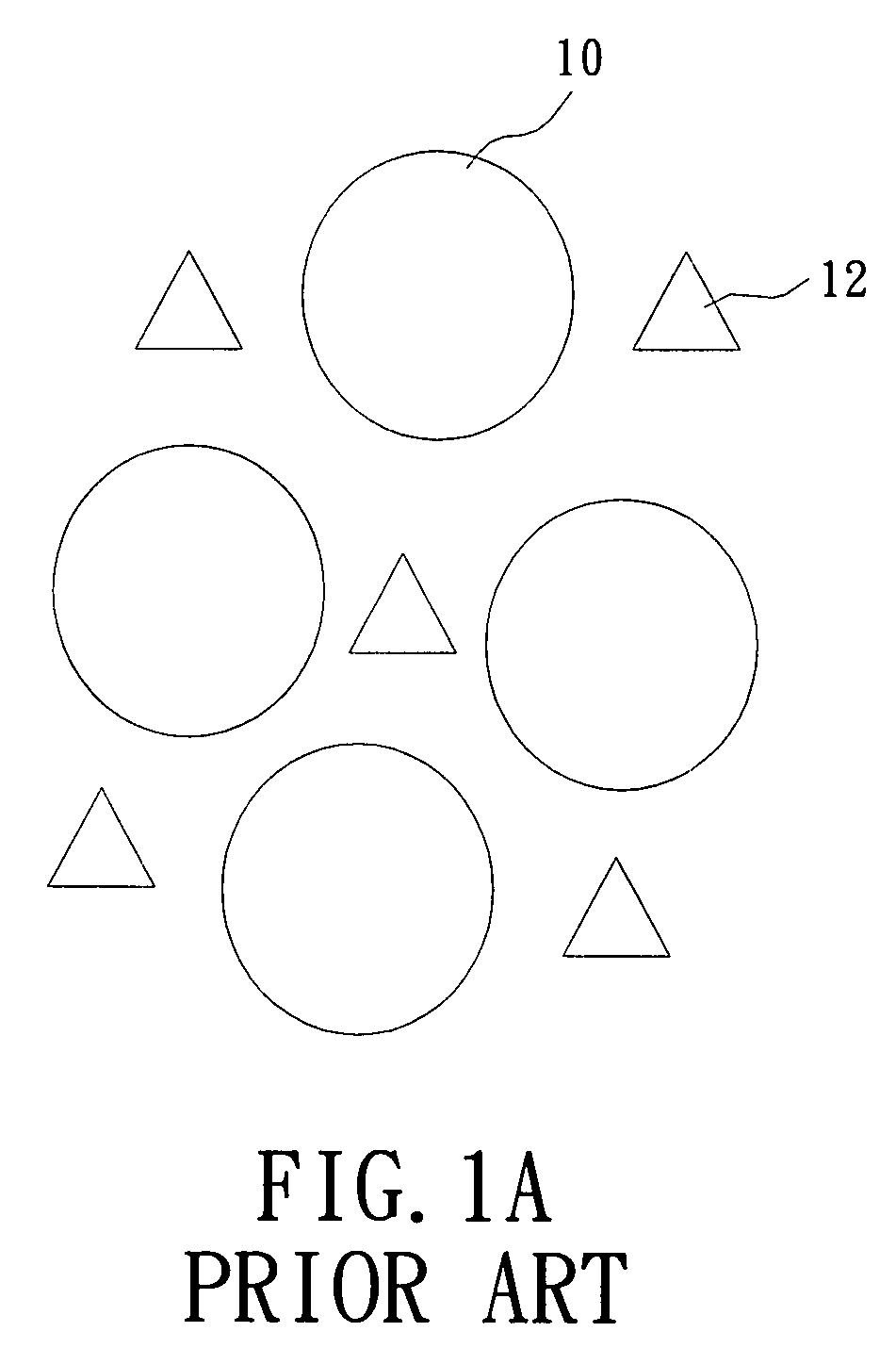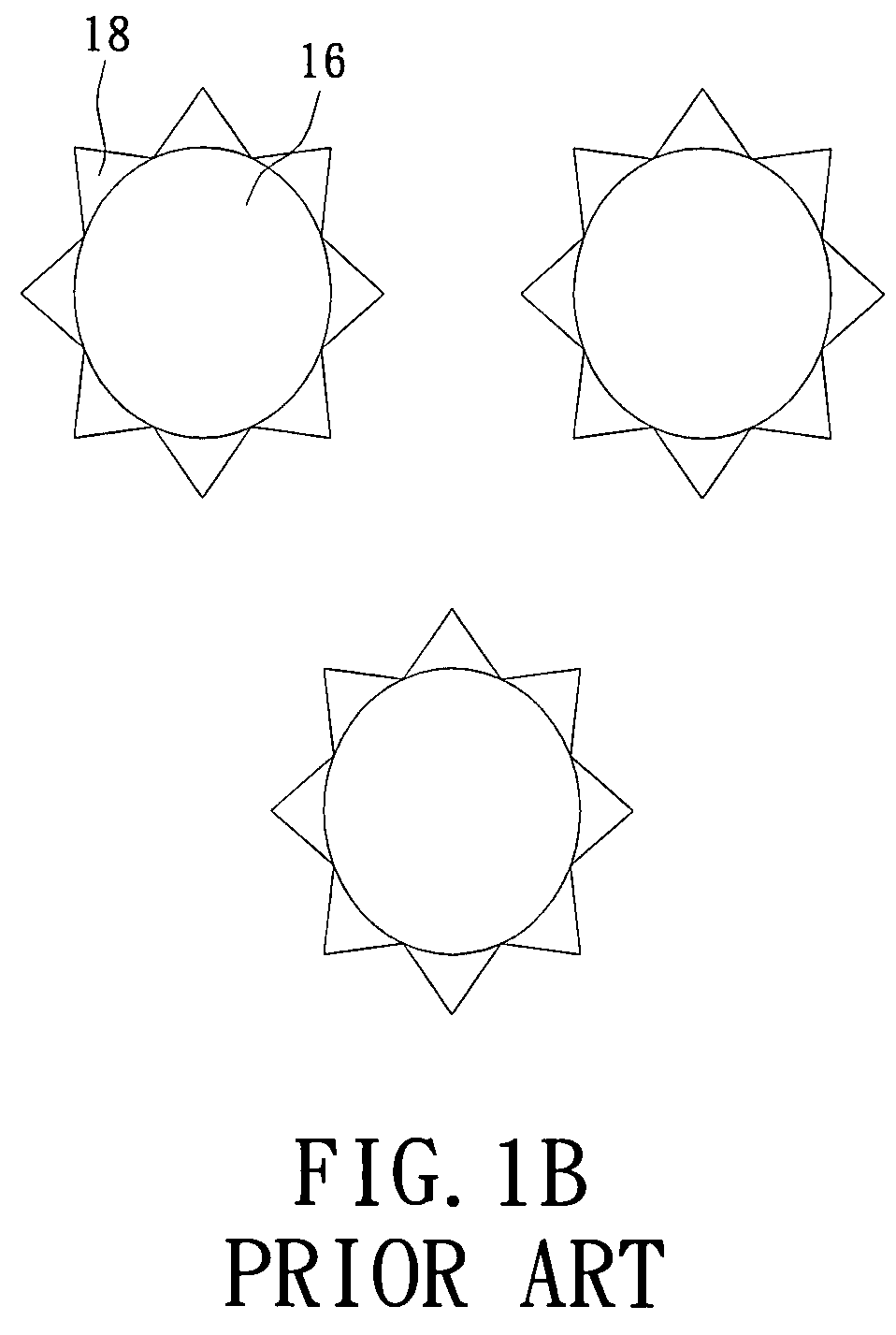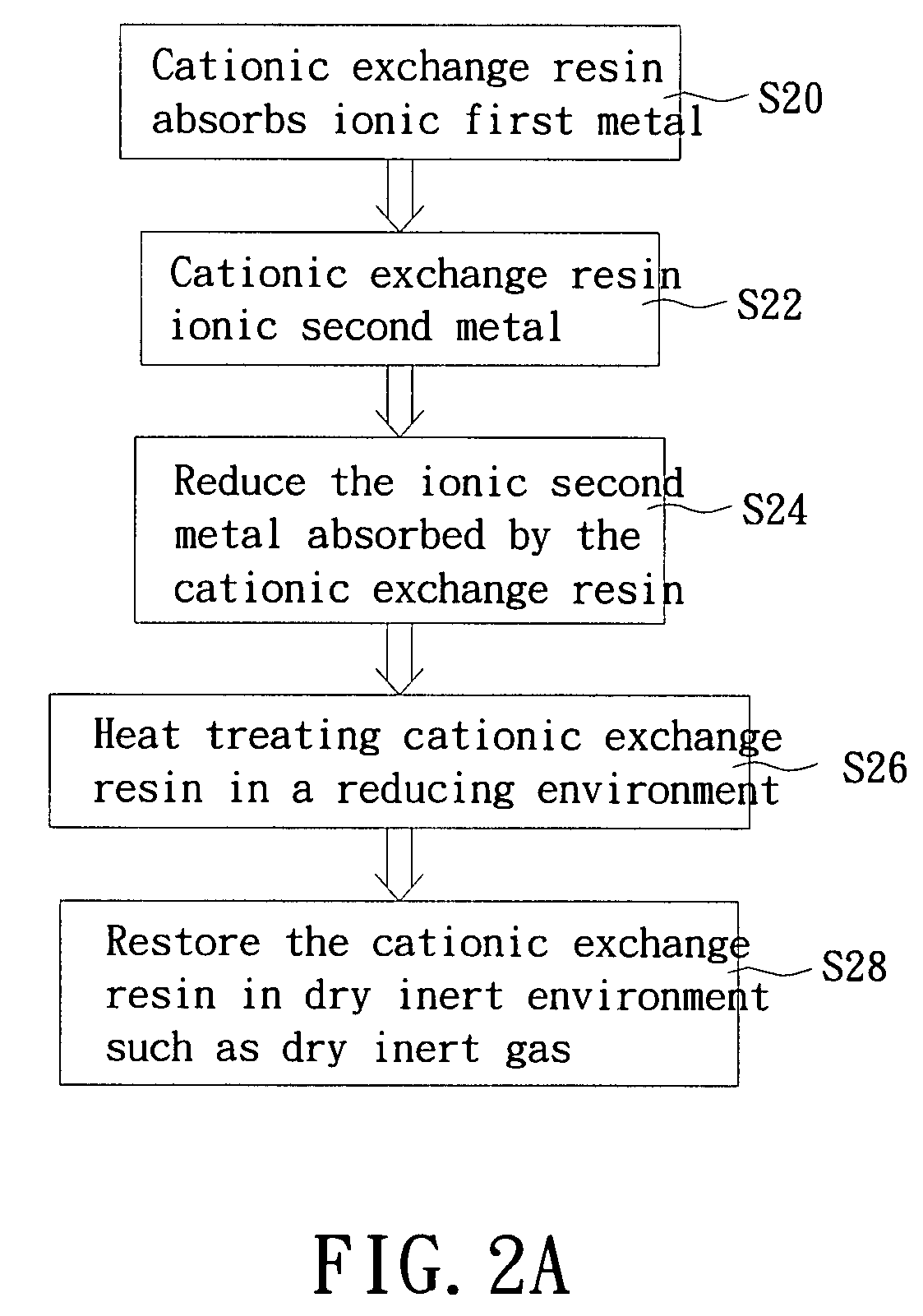Cationic exchange resin with zero-valance double metal cationic exchange resin and process thereof
a technology of cationic exchange resin and cationic exchange resin, which is applied in the direction of lead oxides, copper compounds, tin oxides, etc., can solve the problems of low dissolvibility of chlorine-containing organic solvents in water, inability to easily decompose, etc. problem, to achieve the effect of reducing the amount of metal used
- Summary
- Abstract
- Description
- Claims
- Application Information
AI Technical Summary
Benefits of technology
Problems solved by technology
Method used
Image
Examples
Embodiment Construction
[0030]Wherever possible in the following description, like reference numerals will refer to like elements and parts unless otherwise illustrated.
[0031]In one preferred embodiment, the first metal is palladium and the second metal is tin. The cationic exchange resin is strong acidic ion exchange resin. A flowchart of a process of preparing the zero-valence double cationic exchange resin according to this preferred embodiment is shown in FIG. 2A.
Uniform Absorption of First Metal-Palladium onto the Cationic Exchange Resin
[0032]Referring to S20 in FIG. 2A, 10 ml of Pd (NO3)2.H2O is dissolved 50 ml of steamed water in (concentration: about 1000 mg-Pt / l) and the solution is heated to 70-80 C. 10 ml of ammonia (25%) is then added to make the solution change from a yellow color to colorless and form [Pd (NO3)4]2+ positive valance complex ions. The solution is then cooled to room temperature. Next, 10 g of strong acidic ion exchange resin is added into the solution to absorb the positive val...
PUM
| Property | Measurement | Unit |
|---|---|---|
| particle diameters | aaaaa | aaaaa |
| particle sizes | aaaaa | aaaaa |
| impermeable | aaaaa | aaaaa |
Abstract
Description
Claims
Application Information
 Login to View More
Login to View More - R&D
- Intellectual Property
- Life Sciences
- Materials
- Tech Scout
- Unparalleled Data Quality
- Higher Quality Content
- 60% Fewer Hallucinations
Browse by: Latest US Patents, China's latest patents, Technical Efficacy Thesaurus, Application Domain, Technology Topic, Popular Technical Reports.
© 2025 PatSnap. All rights reserved.Legal|Privacy policy|Modern Slavery Act Transparency Statement|Sitemap|About US| Contact US: help@patsnap.com



